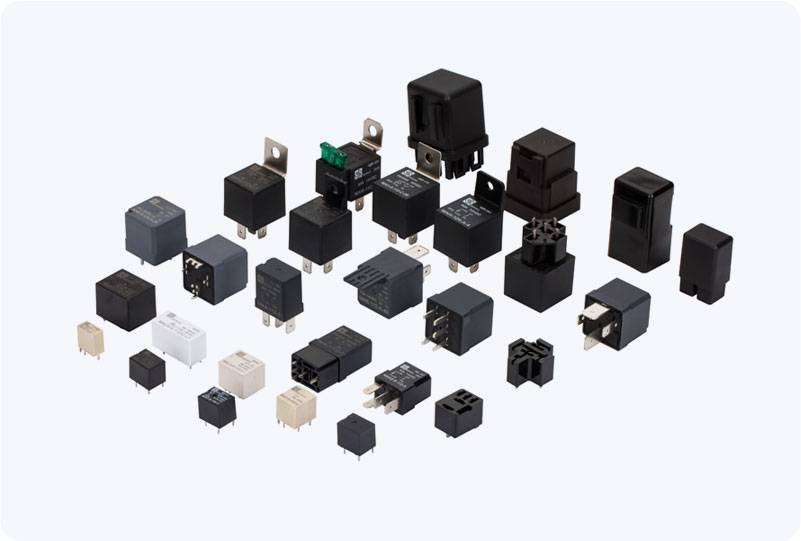understanding pcb electromagnetic relays: applications, advantages, and working principles
Release time:2025-06-15 16:29:58
PCB electromagnetic relays are crucial components in modern electronic systems, offering a reliable and efficient means to control circuits through an electrically operated switch. These relays are designed to be mounted directly onto printed circuit boards (PCBs), making them ideal for use in compact and space-constrained applications. In this article, we will explore the working principles, advantages, applications, and considerations for using PCB electromagnetic relays in various industries.

Working Principles of PCB Electromagnetic Relays
The fundamental operation of a PCB electromagnetic relay is based on electromagnetic induction. The relay consists of a coil of wire wound around a magnetic core, which is referred to as the "electromagnet." When current flows through the coil, a magnetic field is generated. This magnetic field attracts or repels a movable armature, causing a switch to open or close. The switch’s position determines whether the circuit is completed (closed) or broken (open).
Typically, the relay will have one or more pairs of contacts, which can either be normally open (NO) or normally closed (NC). The NO contacts remain open until the relay is activated, while the NC contacts are normally closed and open when the relay is triggered.

